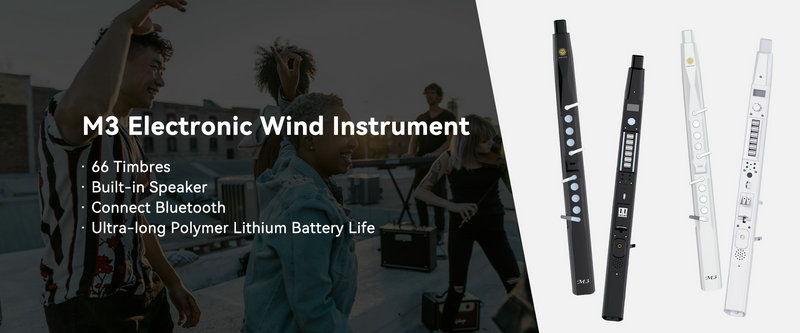Will there be any delay when connecting an electric wind instrument to an external device?
The connection of an electric wind instrument to an external device can potentially result in some degree of delay. This delay is a complex phenomenon that depends on multiple factors.
One significant factor is the quality of the connection interface and cables. If the cables are of inferior quality, they may not be able to transmit the signal quickly and efficiently. For instance, a flimsy or damaged cable might introduce resistance or interference, slowing down the transfer of data. Similarly, if the connection interface is outdated or not designed for high-speed data transfer, it can lead to significant latency. For example, a slow USB 1.0 connection will likely have more delay compared to a faster USB 3.0 or Thunderbolt interface.
The capabilities of the external device itself also play a crucial role. Older or less powerful devices may not have the processing speed necessary to handle the incoming signal from the electric wind instrument in real time. Devices with slower processors, limited memory, or outdated firmware might struggle to process the data quickly, resulting in a delay. For instance, an older laptop or a budget audio interface may not be able to keep up with the demands of a high-performance electric wind instrument, causing a noticeable lag.
The software or applications being used with the external device can further contribute to delay. If the software is complex and resource-intensive, it may take longer to process the incoming signal. For example, a digital audio workstation (DAW) with many plugins and effects running simultaneously can put a heavy load on the system, increasing latency. Additionally, if the software is not optimized for low-latency operation, it can introduce significant delays. Some software may have settings that can be adjusted to reduce latency, but this often comes at the expense of other features or performance.
Another aspect to consider is the distance between the electric wind instrument and the external device. Longer cable lengths or wireless connections can potentially introduce more delay. Wireless connections, in particular, may be subject to interference from other devices or environmental factors, further increasing latency.
However, it is not all doom and gloom. With proper equipment and configuration, the delay can be minimized to a large extent. High-quality cables with good shielding and low resistance can ensure a faster signal transfer. Investing in a powerful external device with a fast processor, ample memory, and low-latency capabilities can make a significant difference. For example, a dedicated audio interface designed for professional musicians can offer much lower latency than a general-purpose computer sound card.
Optimizing the software settings is also crucial. This may involve adjusting buffer sizes, disabling unnecessary plugins or effects, and ensuring that the system is not overburdened with other tasks. Some software may offer specific low-latency modes or settings that can be enabled for real-time performance.
In conclusion, while there is a possibility of experiencing delay when connecting an electric wind instrument to an external device, it is not inevitable. By carefully considering the quality of the connection interface and cables, the capabilities of the external device, the software being used, and other factors, and by taking appropriate measures to optimize the setup, musicians can minimize delay and enjoy a more seamless playing experience. Whether you are performing live on stage or recording in the studio, understanding and addressing potential latency issues can help you get the most out of your electric wind instrument and external devices.
SUNRISE MELODY M3 Electronic Wind Instrument - The best-selling Electronic Wind Instrument
. 66 Timbres
. Built-in Speaker
. Connect Bluetooth
. Ultra-long Polymer Lithium Battery Life



